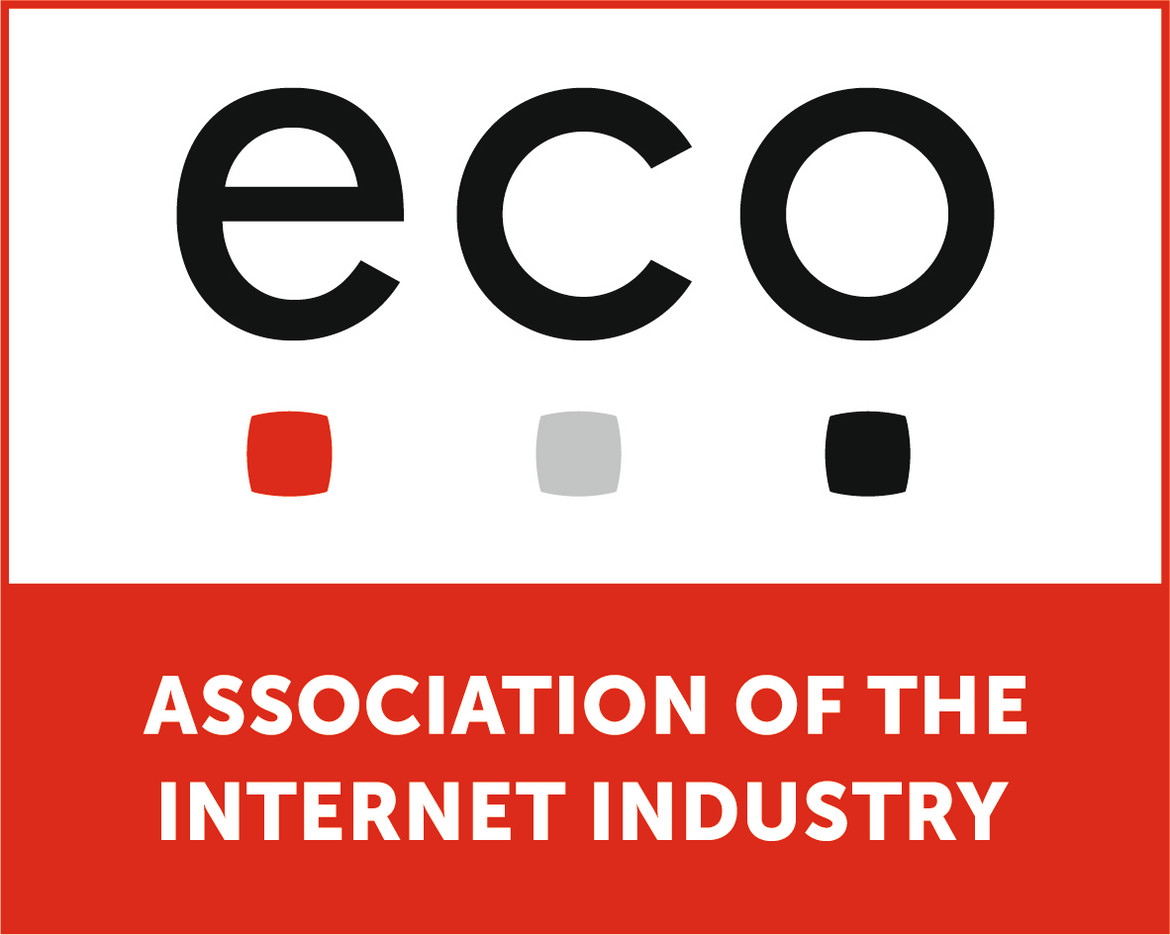How to Enhance Gender Diversity in Your Company: Start with a Plan
A company seeking to enhance gender diversity shouldn’t just act sporadically, as pointed out in a case study by Erica Varlese from Automattic, which shows that goal-setting is what can make all the difference.

© natasaadzic | istockphoto.com
This is an excerpt from the study “Women in Tech Across the Globe: A Good Practice Guide for Companies”
There is no single tech company for whom the promotion of gender equality does not make sense. Decades of research findings show that diversity of thought leads to better problem-solving and innovation. From an economic perspective, the bottom line is that having more women working in your company enhances your competitiveness and increases revenues. This is a fact backed up by a multitude of international studies which, for example, have found that:
- Highly inclusive organizations are 1.7 times more likely to be innovation leaders in their market.[1]
- Companies with above-average diversity generate both 19% higher innovation revenues and 9% higher EBIT margins.[2]
- Companies with high levels of gender diversity, in particular, are 15% more likely to have financial returns above their national industry medians.[3]
Essentially, promoting women in tech is no longer a task which can be put on hold: In 2025, for example, the labor shortage of tech workers in Germany is forecast to be 625,000, and 520,000 in France.[4] Now is the time for every company to act.
But here the Internet industry is faced with a quandary: For every one woman specialist working in the Internet industry, globally there are currently three men – and in Europe, there are five. If we don’t move fast, age-old gender stereotypes could get bedded down in what should essentially be the most innovative and progressive of all industries.
To support companies in their efforts to access the world’s greatest untapped pool of talent, the eco Association recently published a study and guide “Women in Tech Across the Globe: A Good Practice Guide for Companies”.
Start with a Plan
Having more women working in teams and management is in every company’s interest. But how can a company set about addressing what is essentially not just an individual challenge, but also a broad societal one? Luckily, there are strong research findings which show how companies can make a significant difference; initially, for themselves, but also – slowly, but surely – for the industry as a whole.
Ultimately, the degree to which companies talk about diversity and gender equality matters little compared with how they act. But clearly, this should not involve acting on a whim. A key to success for tech companies is a carefully-developed plan – a Gender Equality Strategy – overseen by top management. What is crucial is that such a plan is understood as being core to a company’s business success, and is not regarded as being a peripheral activity to merely “indulge” women – and that it is clearly aligned with the company’s overall business plan.
Case Study
Automattic, global remote company behind WordPress.com & others, with 1,167 employees in 75 countries
Interview with Erica Varlese, Policy & Compliance Officer
"It wasn’t until we started setting actual goals that we really began to make solid progress. Setting goals allows you to break down these larger ideals into smaller, achievable victories."
Actions that Automattic has taken to promote gender equality
Automattic has a group of volunteer members who focus on diversity matters within the company, including setting annual goals around diversity, training, and awareness. In 2014 we started to work as a company on facilitating spaces for discussions around diversity. And in the past five years, we’ve focused specifically on recruiting employees from either diverse backgrounds or who are typically underrepresented in tech, through actions such as workshops and courses.
Automattic is 100% distributed, meaning we have no central office and everyone is able to work remotely. This means that carers and others who might be disadvantaged in a traditional office setting often benefit from the flexibility offered by working from home – it’s not uncommon to see carers adjusting their schedules, within reason, for daycare, school pickup, and the like. In addition, we have a very generous parental leave policy and health benefits.
Key reasons for taking these actions
As a whole, we have a commitment to diversity that very clearly ties in with our philosophies around open source software and general transparency online. Many changes have been driven by the passion of a few specific employees, and we’re fortunate that the leadership of the company also values diversity and inclusion, which is why we’ve been able to garner support for these efforts over the years.
Impact of these actions
The company has more and more women in leadership positions and has developed a lot more concrete actions to help promote diversity and inclusion over the years. This helps make the company culture a lot more inclusive, where people know they will be protected and supported if there are any concerns around non-inclusive behavior at any time.
Automattic’s advice for other companies
Make a commitment. For many years, we had some efforts internally to promote gender equality and inclusion within the company, but it wasn’t until we started setting actual goals that we really began to make solid progress. Such a commitment also shows existing employees that this truly is a value for the company and that it’s something we’re willing to put effort into, rather than having people work on it in their spare time (whereby there never is any spare time!).
Setting goals allows you to break down these larger ideals into smaller, achievable victories. It gives you clear markers on progress and items to evaluate so you can improve next year. It’s also helpful to make these goals and commitments public, both to show the community that it’s something you’re committed to, but to also act as an example others can follow (see our website). It’s a Big Thing to work on diversity and inclusion and it can feel overwhelming to start. Bringing transparency to your process can have a ripple effect.
In summary: Being transparent and making public commitments to diversity helps push the whole industry forward. Empowering employees to come together and create groups within the industry as a whole is another great way to shine a light on the problem. Knowing that your employer supports these efforts makes a big difference in the amount of time and commitment you can make to groups working to enact change.
Four Steps to Planning for Enhanced Gender Diversity
Step 1: Designate a Senior Executive Sponsor
It’s not just case studies such as Automattic’s which point out the essential value of management in promoting gender diversity: studies such as that by Ernst and Young (2016) also show that top management are the most important drivers for the realization of diversity.[5] A designated senior executive sponsor should ideally oversee the planning and implementation of a Gender Equality Strategy. This does not imply that a manager needs to be assigned exclusively to this role – in fact, this could backfire, insofar as it might compartmentalize the work to be undertaken. However, it is essential that a manager with the appropriate position, mindset, and competencies oversees the strategy’s design and rollout. In order to ensure that this manager is not isolated in her/his role, a worthwhile starting point here is to introduce “unconscious bias training” for a broader management team - training which is designed to help people become aware of innate biases and to provide tools to adjust automatic patterns of thinking.
Step 2: Convey a Core Message
A Gender Equality Strategy should impart a core corporate message concerning Women in Tech. In this respect, a 2018 McKinsey study presents the following statement: “As a tech company, we not only benefit from strengthening pathways for women into tech, but we are also uniquely situated to do so.”[6]
Step 3: Identify Priority Policies
As highlighted in the eco Association study “Women in Tech Across the Globe: A Good Practice Guide for Companies”, a logical set of policy pillars to include in a Gender Equality Strategy are:
- Policy One: Recruitment & On-Ramping of Women
- Policy Two: Retention of Women through New Work Culture
- Policy Three: Supporting Women to Rise up the Ranks
- Policy Four: Collaboration with Education Providers to Build the Pipeline of Female Talent
Step 4: Set Goals, Associated Actions and Key Performance Indicators (KPIs)
For each policy agreed upon, a quantifiable goal should be set and related actions and KPIs selected. For each policy, eco's study recommends a range of good practice actions for companies of all shapes and sizes. Some organizations may already have experienced the value of some of these actions – such as remote and flexible working models, or assignment of sponsors. Other actions may provide new food for thought – e.g. re-thinking job profiles, implementing systems of face-to-face feedback, or encouraging men to act as role models in areas such as part-time work. In all cases, the rationale underpinning each action is spelt out in the study, in order to assist companies in setting concrete goals, actions and KPIs.
A Gender Equality Strategy Makes Sense for All Companies
For start-ups:
Initially, gender equality may not seem like a priority for a company still in the early stages of development. However, setting the foundations for diversity from Day One is not only an investment for the future but also a safeguard against issues which many more established companies are facing. Start-up companies are in an optimal position to build gender equality into their broader development plans right from the beginning. This helps to prevent any institutionalisation of stereotyped attitudes – and helps to position the start-up from the beginning as a progressive company.
For SMEs:
Advancing gender equality must not necessarily be resource-intensive, but can focus on reviewing workplace policies to ensure inclusivity. Where management teams comprise of just a handful of people or perhaps even one person at the top, management participation in actions such as unconscious bias training or their role-modelling of flexible working arrangements can have a massive impact on the company. While some smaller companies may not be in a position themselves to offer actions such as the assignment of in-house mentors, they can choose to link to broader networks in the delivery of such actions.
For large companies:
Larger and established employers are likely to already have myriad gender equality policies in place. However, it is worth engaging with a diverse group of employees and reviewing which policies are working and which might need to be revamped or reconfigured. Through incorporating a Gender Equality Strategy into a broader corporate digital responsibility plan, large employers in particular can convey important messages which have an influence on the overall Internet industry.
As the stakeholders at the front-line of the digital world, companies in the Internet industry play a key role in bridging the gender divide and promoting democratic values, and have an unparalleled motivation to do so. Therefore, whether you’re a start-up, an SME, or a larger company or corporation – planning and implementing a Gender Equality Strategy is in your deepest interest.
1. Bersin, Josh (March 2019) Why Diversity and Inclusion Has Become a Business Priority, Deloitte.
2. Rocio, and Martin Reeves (July 2018) How and Where Diversity Drives Financial Performance, Harvard Business Review.
3. Hunt, Vivian, Dennis Layton, and Sara Prince (2015) Why Diversity Matters, McKinsey & Company.
4. Empirica (February 2019) Promoting Integration and Diversity in the Digital Labour Market in Germany: Executive Summary.
5. Ernst & Young GmbH (2016) Diversity in Deutschland. Studie anlässlich des 10-jährigen Bestehens der Charta der Vielfalt.
6. McKinsey & Company (September 2018) Closing the tech gender gap through philanthropy and corporate social responsibility.
Erica Varlese is Policy & Compliance Officer with Automattic.
Eilin Geraghty is Project Manager in the eco International team at eco - Association of the Internet Industry, and author of the eco Association study “Women in Tech Across the Globe: A Good Practice Guide for Companies”.





